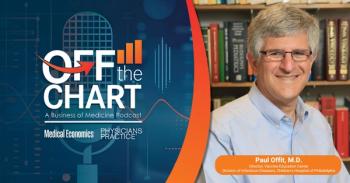
Light and sound therapy dimming Alzheimer’s decline; AI coach matches humans in diabetes prevention; stillbirths more common than previously thought – Morning Medical Update
Key Takeaways
- Daily 40Hz light and sound stimulation may slow cognitive decline and reduce biomarkers in late-onset Alzheimer's patients, showing promise for long-term benefits.
- An AI-powered diabetes prevention app performed as well as human-led programs, with higher engagement rates, suggesting potential for expanding access to lifestyle interventions.
The top news stories in medicine today.
An AI-powered diabetes prevention app performed just as well as traditional, human-led programs in reducing diabetes risk among adults with prediabetes, according to Johns Hopkins researchers. In a phase III randomized trial of 368 participants published in
New research from Harvard T.H. Chan School of Public Health and Mass General Brigham finds that more than 1 in 150 U.S. births end in stillbirth. That rate is higher than previously reported by the CDC and that many occur without identifiable risk factors. Published in
Newsletter
Stay informed and empowered with Medical Economics enewsletter, delivering expert insights, financial strategies, practice management tips and technology trends — tailored for today’s physicians.














